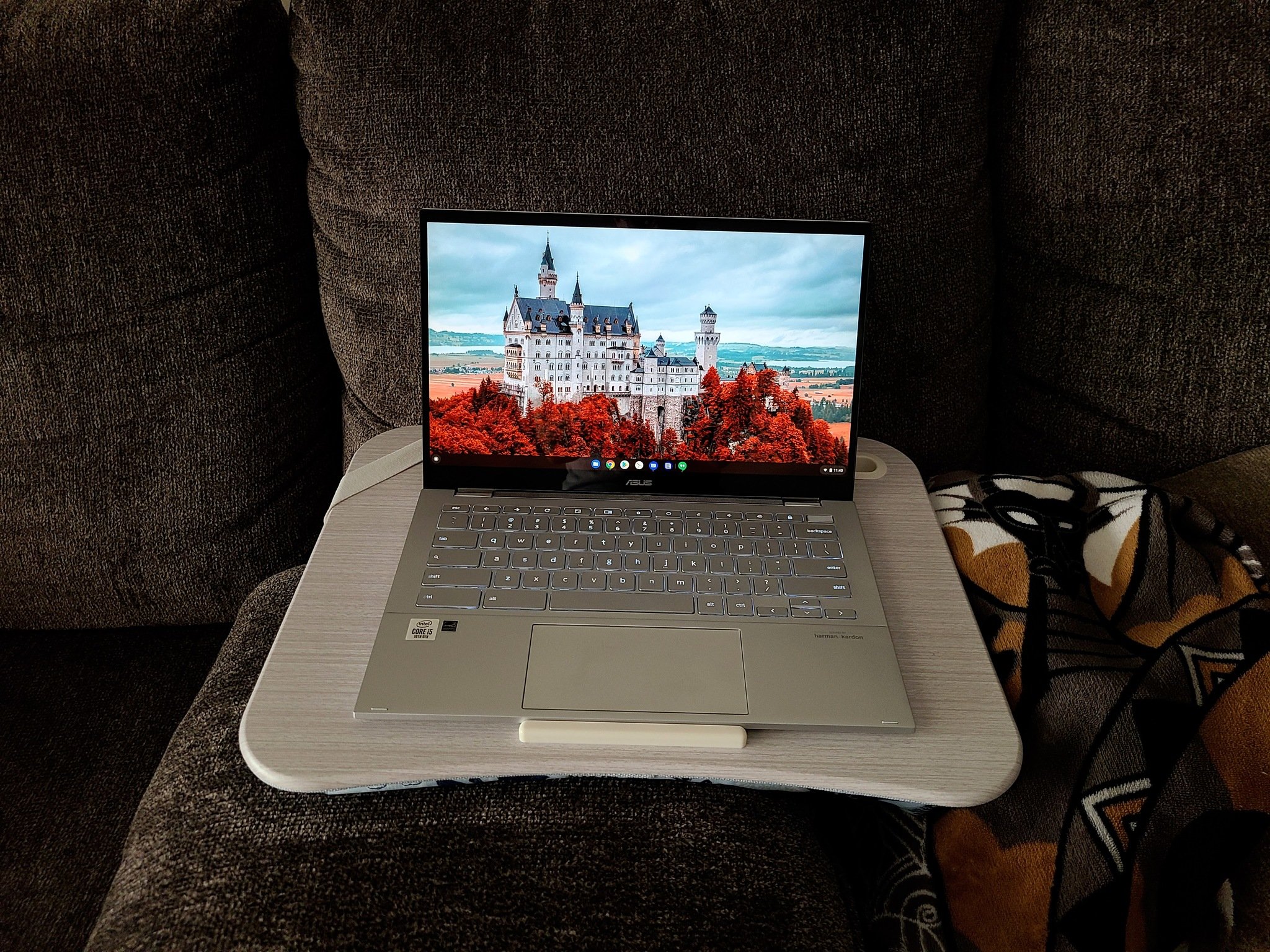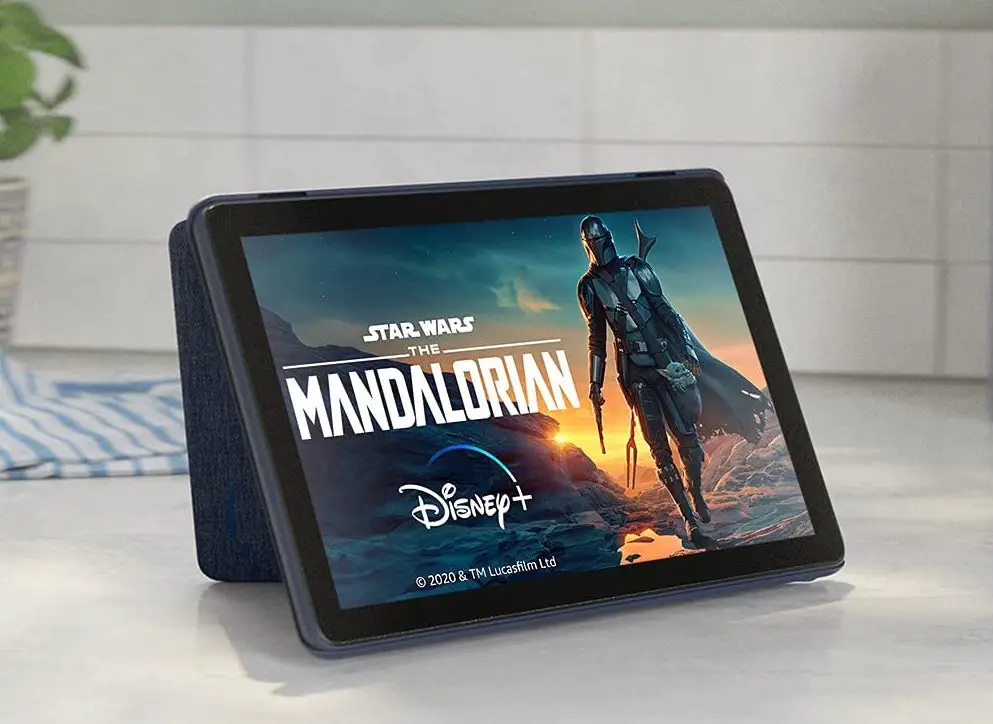Instructional Design Vs LXD - The Fundamental Differences - Android
In the last few years, the eLearning industry has evolved. We have witnessed the development of learning-based digital tools like an LMS, introduction to mobile learning, eBooks, simplification of courses, its entrance into the corporate sector, and a lot more. Online learning quickly became an acceptable source of both informal and formal learning. As it [...]
Read More...
The post Instructional Design Vs LXD: The Fundamental Differences appeared first on Android Headlines.

In the last few years, the eLearning industry has evolved. We have witnessed the development of learning-based digital tools like an LMS, introduction to mobile learning, eBooks, simplification of courses, its entrance into the corporate sector, and a lot more.
Online learning quickly became an acceptable source of both informal and formal learning. As it became more learner-centric, instructional design and learning experience design started gaining more importance.
Today, the difference between instructional design and learning experience design (LXD) is a question that many ponder over. There are, indeed, fundamental differences between methods, skills, and tools of both.
In this article, we will decipher the above-mentioned differences and their approaches in each type of design.
Methods
Both instructional and learning experience design follow a methodical approach. They both require designers to research, analyze, design, develop, test, and implement. However, the major difference lies in the way their processes are structured.
An instructional designer uses a systematic methodology. These methods are often derived from instructional models and theories that work in a structured, step-by-step linear process. In instructional design, each step acts as a foundation for the next and this leads to the creation of a solid design.
It’s true that an LX designer also has to follow a structured process. However, an LX designer has more room to be creative. They have the space to come up with different designs and prototypes and enjoy the unpredictability of the result.
So, LX designers have a more experimental process than instructional designers.
Skills
While LXD has its roots in creative design, the roots of instructional design lie in the field of learning.
Just like other creative professionals, say a graphic designer, a learning experience designer is required to have skills that allow them to offer a refreshing, exciting, and elegant experience to the learners. A graphic designer needs skills that enable them to empathize, create surprising ways to communicate, and offer different designs based on original ideas. That’s what is involved in LXD as well.
Instructional designers need to develop scientific, methodical, and analytical skills. Instructional designers work on content and curricula development to meet the needs of an academic or corporate system. They are also responsible for the effective development of eLearning courses. The instructional principles that these professionals use enable them to provide learners with a proper and clear structure.
Tools
Today, there are a lot of different tools that are available for Instructional designers and learning experience designers.
Tools that have been introduced for instructional designers include learning management systems, PowerPoint, or web services like Quizlet to name a few. As for learning experience designers, there are tools that allow them to create tailored designs like gaming technology, sketchbooks, custom apps, Adobe software, and more.
One of the major reasons for this difference is that instructional and learning experience designers are responsible to design different areas of learning. Designing an experience is way different than designing a course.
There are different design tools and methods that an experienced designer uses to meet the requirement. These might include empathy maps, experience maps, and even user personas. These are the tools that help to make the learning experience more tangible.
Conclusion
Before we conclude, it needs to be clear that one is definitely not better than the other. LXD and instructional design cater to the different needs of different individuals. Concluding that instructional design and learning experience design are interchangeable would be incorrect.
While the instructional design is a more scientific skill, learning experience design is inclined towards being a creative design discipline. The instructional design might be considered a part of LXD. They are different or even completely opposite in some cases.
The post Instructional Design Vs LXD: The Fundamental Differences appeared first on Android Headlines.
27/04/2021 08:40 AM
Google owner Alphabet posts big gains after pandemic uncertainty
27/04/2021 10:40 PM
You can now run Windows apps on even more Chromebooks with Parallels
27/04/2021 08:33 PM
Google made almost 18 billion dollars in three months
27/04/2021 10:16 PM
Moto's latest budget phone has a processor you've probably never heard of
27/04/2021 11:56 AM
Jabra Intros New Cameras For The Work From Home Era
27/04/2021 03:07 PM
Here's every feature your phone will get with Android 12
27/04/2021 04:01 PM
- Comics
- HEALTH
- Libraries & Demo
- Sports Games
- Racing
- Cards & Casino
- Media & Video
- Photography
- Transportation
- Arcade & Action
- Brain & Puzzle
- Social
- Communication
- Casual
- Personalization
- Tools
- Medical
- Weather
- Shopping
- Health & Fitness
- Productivity
- Books & Reference
- Finance
- Entertainment
- Business
- Sports
- Music & Audio
- News & Magazines
- Education
- Lifestyle
- Travel & Local







